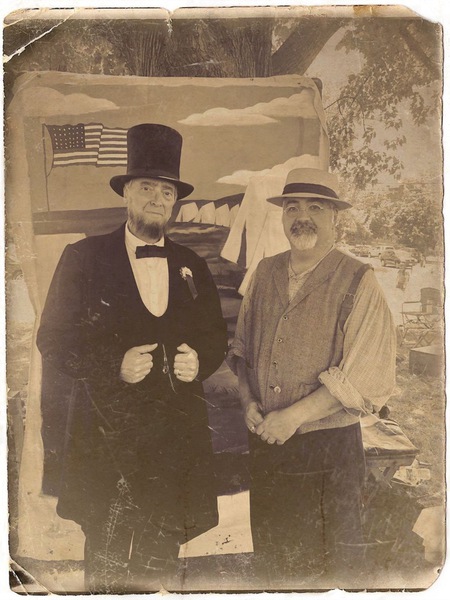
The United States military uses staff walks at Civil War battlefields to teach new officers that history matters. While military tactics and technologies have changed in 160 years there is still much to learn from the past. These staff walks demonstrate a few of the principles we are learning in our class about teaching history.
Author Sam Wineburg, (Thinking about Historical Thinking) states that reading about history and truly experiencing it are two different things. He points out that it takes an extraordinary amount of effort to conjure up or imagine a world that we have not lived in. For Wineburg “Historical Thinking” requires students to be immersed in the range of opinion in the day and become familiar with ideas or logics that seem “anathema” in the 21st century. For officers in 2021 it is difficult to comprehend how soldiers fought side by side in ranks and willingly exposed themselves to enemy fire. Yet, in the 19th century that is how armies fought.
In “Thinking Historically,” Stephane Levesque challenges the old paradigm of teaching memory-history. In this model teachers are more concerned about students accumulating information, such as dates of events, and names of people and places, rather than being taught how to critically investigate. Instead Levesque proposes that teachers guide their students to create their own “defensible” historic interpretations. In essence, teach them to be historians by learning how to become more empathetic. To accomplish this students need to see the connection between primary source material and interpretation.
During their staff walks, these young officers can draw upon the readings of first hand accounts and official records of the battle from those that actually fought. These primary sources allow the officers to draw their own conclusions or interpretations as to whether the historical participants acted accordingly to military doctrine and tactics of the day. Walking the battlefield provides a brief but important immersive experience to better understand the event.
Finally, Dr. Lendol Calder, in “Uncoverage,” identifies the historical paradox in teaching history. Instead of trying to “Cover” history, by providing volumes of information, teachers should instead be providing their students the means to “Uncover” history. Calder believes this can be accomplished by focusing on a “signature pedagogy” that provides students with ways of being taught that requires them to “do, think, and value what practitioners in the field are doing, thinking, and valuing.” According to Calder, students can be taught this signature pedagogy by encouraging them to ask the big questions, such as “what is history, why study it, and what problems trouble historical knowledge?”
So, what are some of the questions about teaching history we can learn from these staff walks? First, in teaching students about a specific historical period why is it important to have them study relevant opinions drawn from primary sources? Second, while studying events, people, and places is important, how can we also teach students to interpret history? Finally, how can we get students to think like a historian, and ask relevant questions?
As you can guess, the answer to these questions lies in a better understanding of “historical thinking.” In order for us to be better history teachers we need to provide our students with the tools to not just learn what we already know, but how to go deeper and retrieve what is not yet uncovered. To do this, we have to help our students construct a more accurate picture or framework of history., This can be accomplished by demonstrating and encouraging students to do the following in their history projects:
- Seek out multiple accounts & perspectives
- Learn how to analyze primary sources
- Better understand historical context
- Establish “claim-evidence” connections
The military has understood these concepts for years. They know that studying old Civil War battles is not always relevant to today’s modern warfare. But as Levesque points out the student who is led “to look at matters historically, has some mental equipment for a comprehension of the political and social problems that will confront him in everyday life.”
